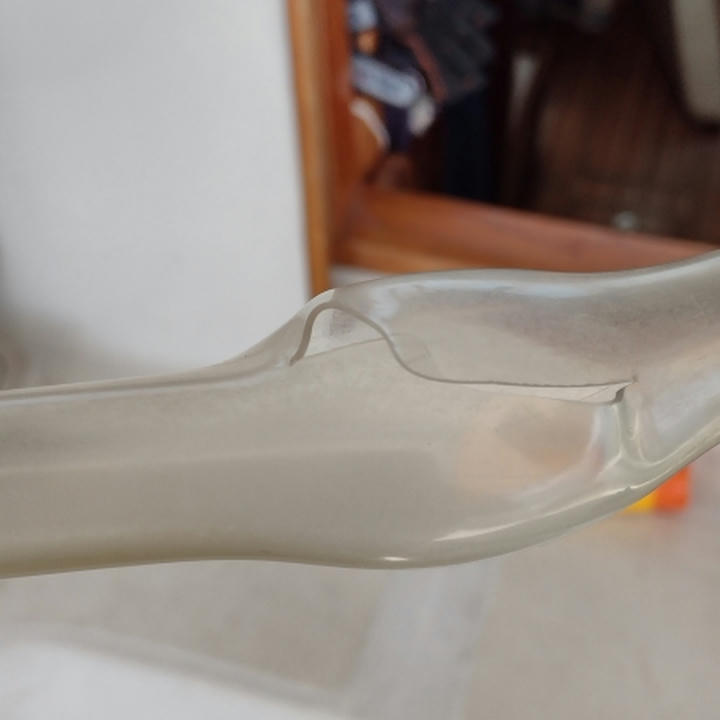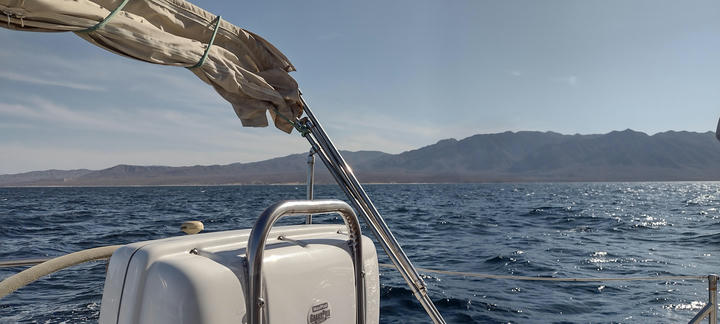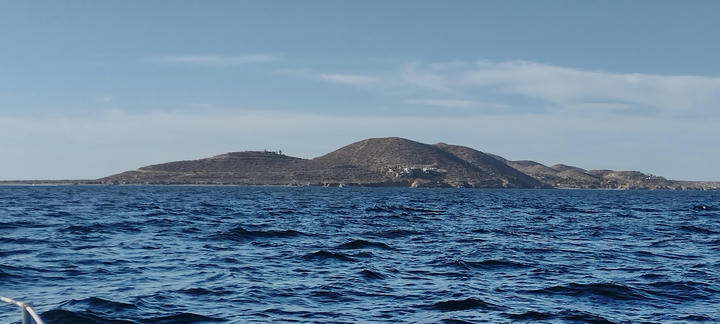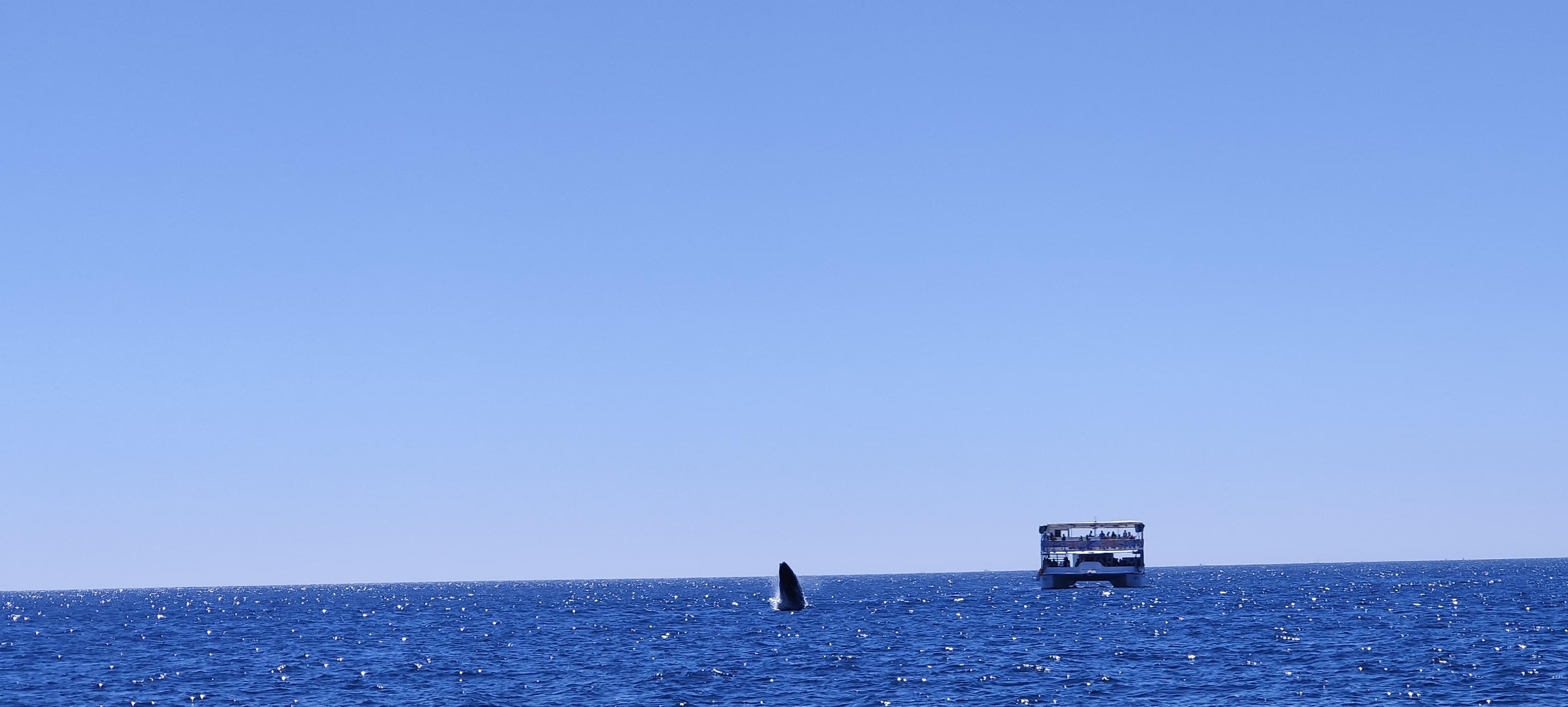Sunday, March 21st
We left Cabo on a Sunday, escaping our unconscious habit of spending the weekend in one place. We were happy to head for new horizons, feeling we had made the most of our long stopover and happy we managed to leave behind the comfort of city life. It wouldn't be for long anyway as we were bound to La Paz, a short way up the Sea of Cortez that we were planning to close within a week or even less, with a couple of stops along the way. The challenge was that we were now heading against the prevalent North winds that had carried us so reliably on the other side of the peninsula. We now had to carefully select our weather windows. We would be looking for light air to beat up into or to motor in, or non prevailing winds to sail on. Lucky for us, such weather windows didn't seem too rare during the coming week and that's how we headed for our first stop in Los Frailes, 45 nm away from Cabo on that sunny Sunday, prepared to motor for most of the day.
We left around 10 in the morning and weighed the anchor in music. Take it as a revenge for all the music we had heard from other boats passing by while we were at anchor, or as a last vibe from Cabo, but we put LEJ loud in the cockpit speakers and danced on their mashups of a lot of the songs we had heard through out our time here. Definitely, we were pumped up! It only went up when we realized that the usual traffic of tourist boats wasn't just floating around randomly but they were converging to specific points where there were... whales!! The whales were jumping like I thought I would never see in real life. It was spectacular! And there were so many of them! As we kept going East along the Southern part of the peninsula (an area called Los Cabos), we saw many, some only to ourselves and fairly close, even a large one accompanied by a smaller one (a mom and the calf?).

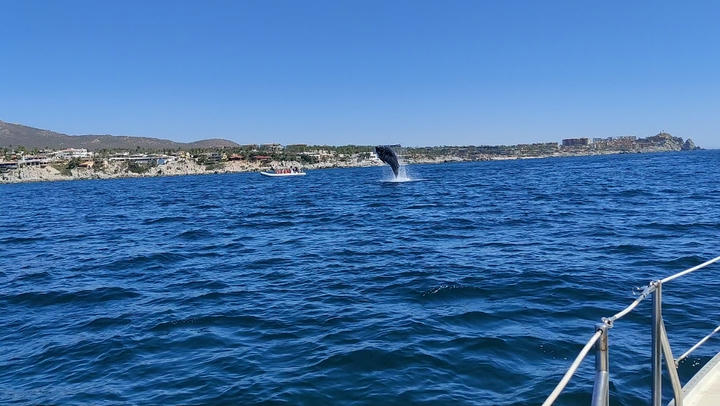
I don't know if it made up for the missed trip to San Ignacio Laguna, I'm tempted to say yes even if the experience would probably have been quite different. In any case, it made our day, or at least part of it. The sun was up, the day and the coast were beautiful, the water was flat, not much else to ask for. We tried to sail the few knots of winds we had in our back but our speed was too slow, or let's put it in other words, we hadn't departed (and woken up) early enough to afford to got that slow, in particular if we wanted to arrive before sunset. And we wanted to arrive before sunset as the Cabo Pulmo area where we were heading has some coral that you don't want to break by dropping your hook in random places.
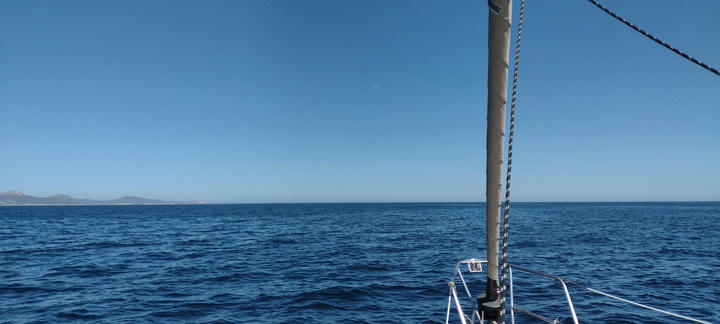
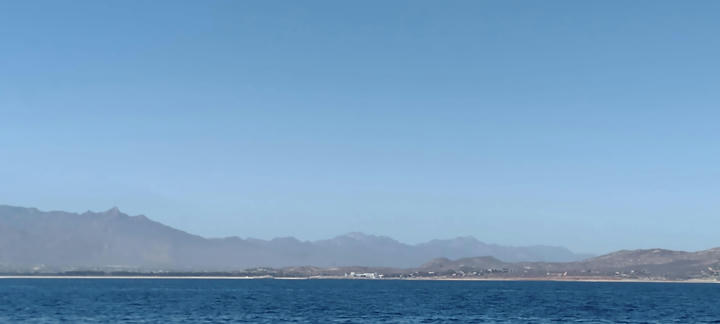
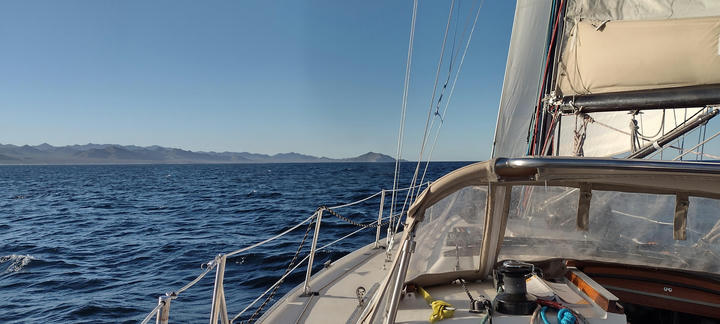
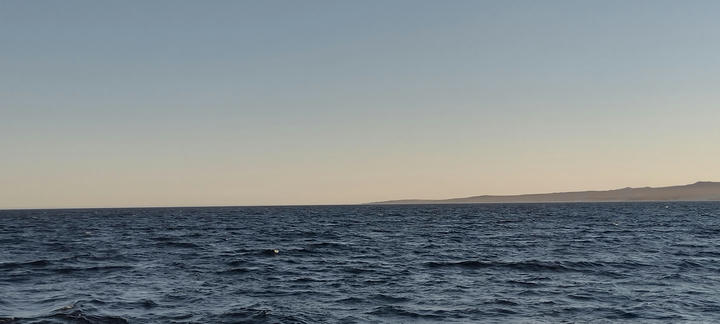
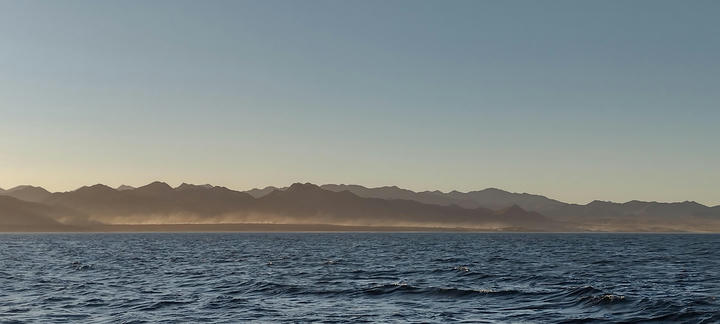
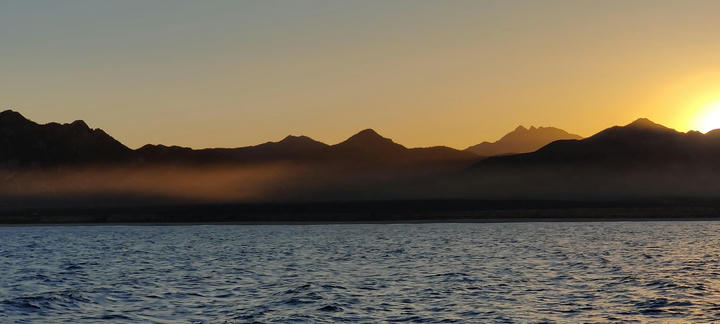
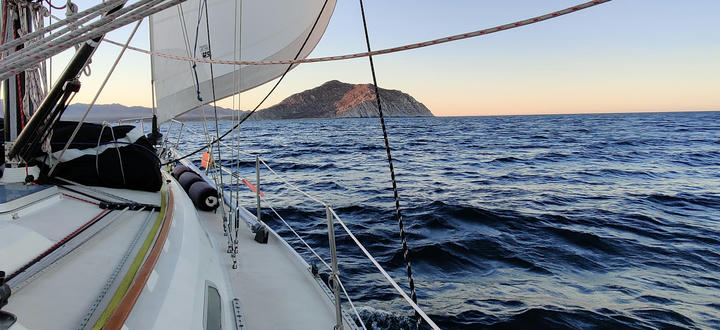
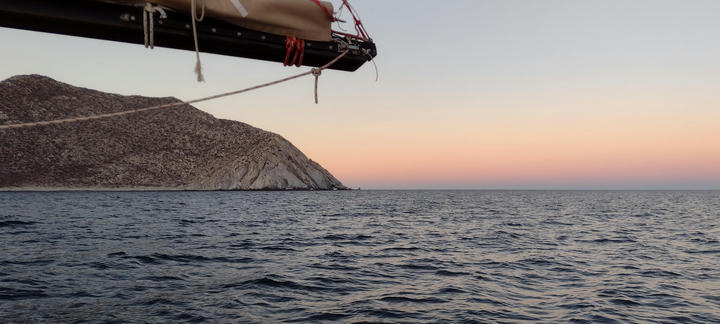
Monday, March 22nd
It turned out the coral reef was on the other side of the Cape and this anchorage, that we had fantasized on quite a bit because it seemed like our first 'cruisy' destination, was super windy on the day we spent there. Nothing problematic for our anchor, just not very inviting to go out and dive in the water. We ended up spending that day on the boat, sheltering from the wind and the sun for me (the sun had taken its toll despite regular creaming with sunscreen - I need to up my game in the tropics I guess) and resting for Yalçın (who had some sort of allergic reaction as he has from time to time - to the whales maybe?). The anchorage was pretty though and not as lonely as we were used to from the Pacific Coast where we barely saw a boat here and there. There were 3, and then 4 other boats with us in the anchorage. The next day, all but one had left as the Northerlies had stopped (these weather windows I was talking about earlier) and we were going too, even though a bit sad to not have been able to discover what Los Frailes had to offer in nicer conditions.
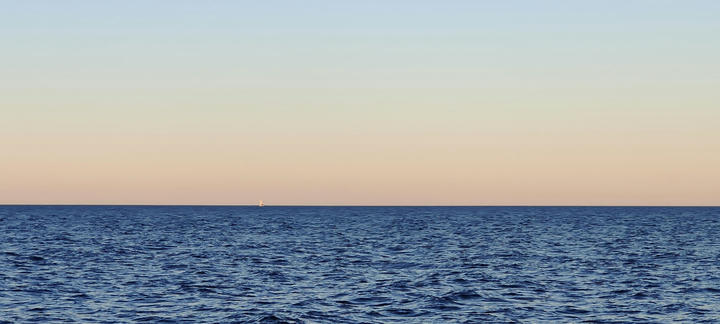
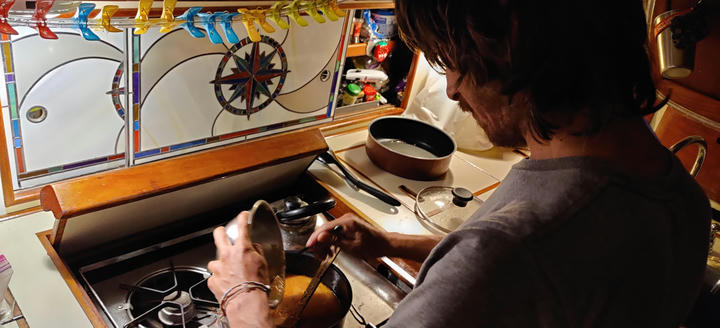
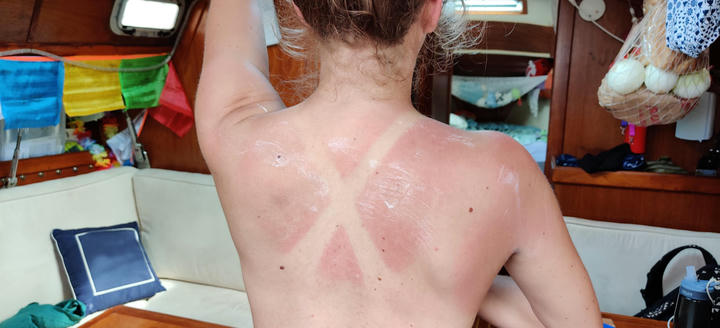
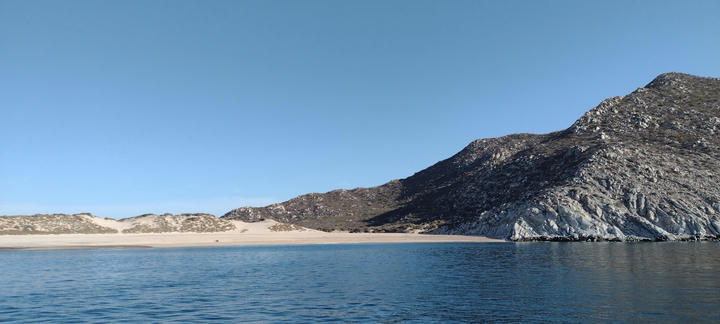
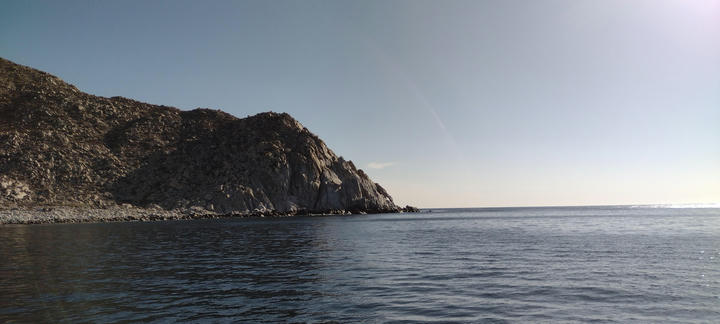

Tuesday, March 23rd
Still not very inclined to wake up in the darkness but determined to take off early this time, we had decided to go go go! And that meant we would prepare breakfast underway. I guess our close-to-perfect sailing day from Cabo had made us overconfident and we thought flat seas would be the norm in the Sea of Cortez. Serious mistake! As soon as we had escaped the protection of the anchorage, we were motoring against moderate but frequent chop. Just enough to remove any envy to bake this pancake dough I'd just made. Yalçın saved the day and we were able to have breakfast, but the mood was set: we agreed that neither of us was really mentally prepared for that new departure. No big deal and as always, just a lesson to learn, but let's motor straight and strong and we should reach our destination by 4 or 5 and even be able to take a dip.
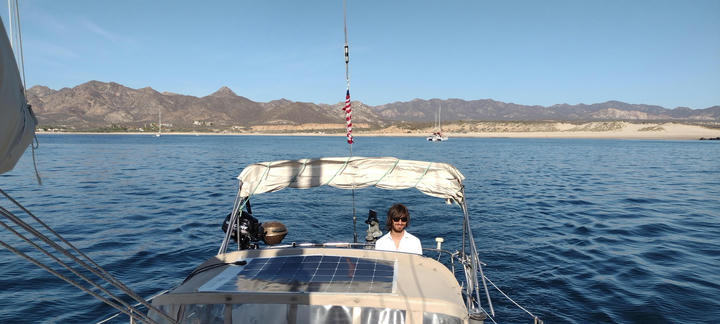
Monsieur Engine was doing his magic valiantly after his tantrum of two days ago when he had refused to start again as we were arriving to the Los Frailes anchorage. It turns out we had to start him with the house battery bank (on Tirb, like on several cruising boats, the battery to start the engine is separate from the batteries that power our instruments, cabin and navigation lights, plugs etc) instead of the engine battery, an issue that had occured in the past and didn't happen again, but that we'd have to investigate in La Paz. But while Monsieur was doing his magic valiantly, some water appeared on the floorboards in the cabin, the worst nightmare of every sailor!
Are we taking in water?
Luckily, modern sailboats are equipped with automatic pumps that pump the water that may accumulate on the bilge to the outside of the boat at rather high rates. We turned ours on and started investigating the source of the water. Number one, the through hulls. Counter intuitively, the hull of sailboats have several holes. They serve for the sinks or the toilets evacuation or salt water intake, for plugging instruments like the speedometer or the depth sounder, and, mostly, they are not a big deal. Indeed, they are either closed or connected to a hose that is above the water line (the level of the sea water outside the hull) which means that the water may fill part of the hose but never spill inside the cabin. However, they can become a problem if the hose gets detached from the hole or if the though hull fitting (the valve of the hole) gets faulty. In that case, the boat starts taking in water, which basically means that boat starts sinking. That sounds scary and it is, but sailors have ways to slow down and stop the process. Number 1: know the location of each of these through hulls in your boat and have wood clogs of the appropriate size at your immediate disposal to close the hole if need. That is why, after seeing high water in the bilge, we checked these through hulls right away. Once that's out of the way, another indication may come from tasting the incoming water: are we talking about salt water or fresh water here? Sea water may be bad news, but in our case, the water wasn't salty and that test lead Yalçın to the source of our issue in an unexpected. In order to taste the water and not the salt that might have been on his fingers, Yalçın went to wash his hands, but surprise, we had no water on tap! Even more surprising, the fresh water pump (the pump that gives us running water and pumps drinkable water from our tanks into the sinks) was running continuously, even if we stopped drawing water, we just hadn't heard it because of the engine sound. The pipe under our galley sink was charged guilty of cracking and of leading the desperate water pump to suck the entire remaining of our front tank trying to produce pressurized water for our tap. In the meantime, that water had poured into the bilge until there was no more water to attempt to pressurize. The 10 additional gallons of drinkable water we had carried in the dinghy in Cabo were now being pumped from our bilge directly into the Sea of Cortez. Bummer! We figured we would have enough drinkable water in our last tank to reach La Paz (it should hold for 5 days at least) and refill there, but the feeling of freedom that comes with being stocked up in food, water and other consumables had taken a beating, so had our moods! We were ready to arrive to our next stop, Bahia de los Muertos, not a very encouraging name...
